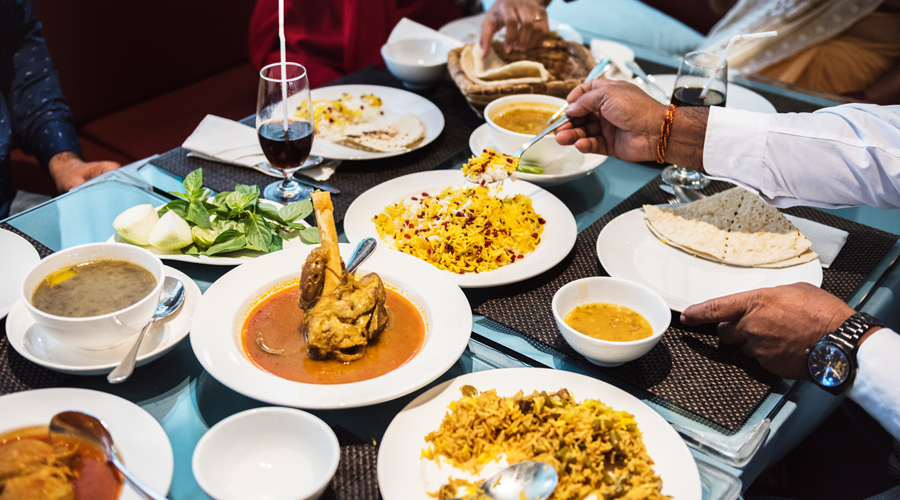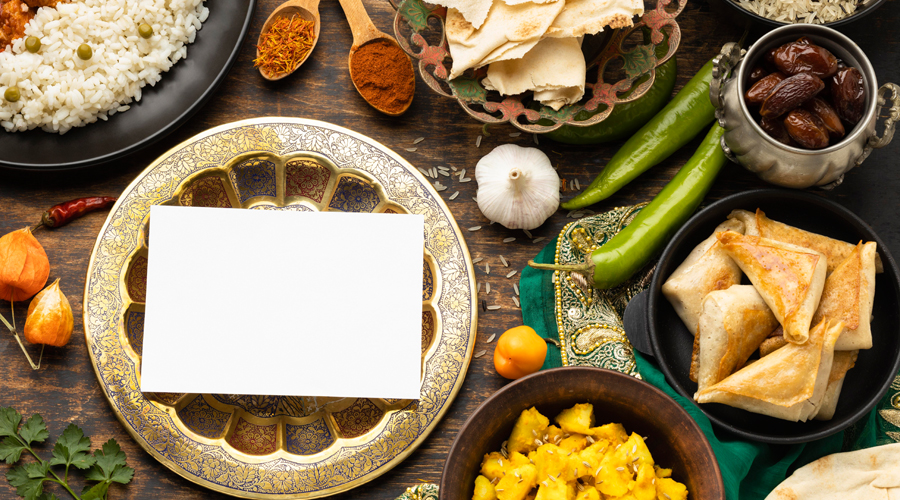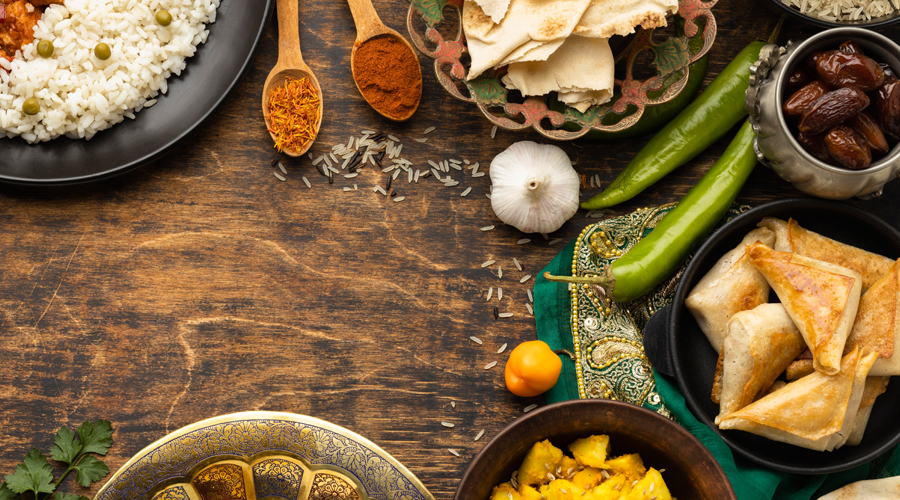Indian cuisine is as diverse as the country itself. Every region has its own unique style of cooking and signature dishes. From the fiery curries of the south to the rich cream-based dishes of the north, Indian food has become increasingly popular worldwide. In this article, we will explore the history and cultural significance of Indian food.
History of Indian Food
The history of Indian cuisine dates back to the ancient south to the creamy gravies of the north, Indian food has a rich history and cultural significance that is deeply ingrained in the country’s culinary traditions.
The roots of Indian cuisine can be traced back to ancient times, with the Indus Valley Civilization (2600-1900 BCE) known to have indulged in rice, wheat, and lentils as staples in their diet. With the arrival of various foreign invaders, including the Persians, Mughals, and British, Indian food has diversified and evolved to include a variety of flavors and influences.

One of the defining features of Indian cuisine is the use of spices. The mix of aromatic spices, including cumin, coriander, turmeric, and cardamom, adds layers of flavors that are unique to Indian cooking. This use of spices is not only for flavor, but they also have medicinal and health benefits that are well known in ayurvedic medicine, an ancient Indian practice.
Regional cuisine is also an essential component of Indian food culture. The north is known for its rich gravies and bread, such as naan and paratha, while the south is famous for its spicier curries, rice-based dishes, and coconut-based gravies. The east has a distinct use of mustard oil and fish in their cuisine, while the west has a more balanced use of spices and flavors.

Indian food is not just about flavors, but also about food rituals and customs. The concept of Sadhya, which means a feast, is a time-honored tradition in South India, where families gather together and consume a variety of vegetarian dishes served on a banana leaf. The use of hand gestures while eating, such as using the right hand exclusively, to scoop up food and bringing the fingers together to form a spoon-like shape, is also a unique feature of Indian culture.
Furthermore, Indian cuisine has played a significant role in religious and cultural practices. For example, the use of clarified butter, Ghee, is an essential item in many religious rituals and offerings across India. During the festival of Diwali, various sweets and savories are exchanged as a way to celebrate the triumph of good over evil. Similarly, during the festival of Eid, the Mughal-inspired dish Biryani is prepared, which symbolizes the unity and integration of different cultures.

In modern times, Indian cuisine has gained immense popularity globally. Many of the world’s top chefs have incorporated Indian flavors and techniques into their cooking. The rise of the Indian diaspora has also led to the globalization of Indian cuisine. The popularity of vegetarianism and veganism worldwide also played a vital role in introducing Indian cuisine in different cultures. The country’s unique mix of vegetarian and non-vegetarian dishes has paved the way for the growth of innovative vegetarian and vegan food products that have gained a loyal following in many countries around the world.
In conclusion, Indian cuisine has a rich and diverse history that reflects the country’s cultural and religious traditions. The use of spices, unique regional specialties, and food-related customs and rituals, have made Indian food a prominent aspect of the country’s heritage. Today, Indian food is a global phenomenon, with its flavors and techniques inspiring chefs worldwide and winning over taste buds in every corner of the globe.